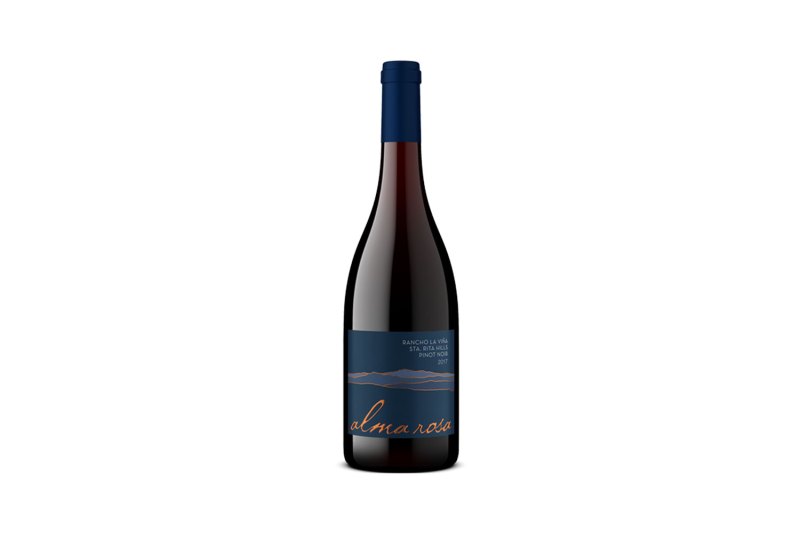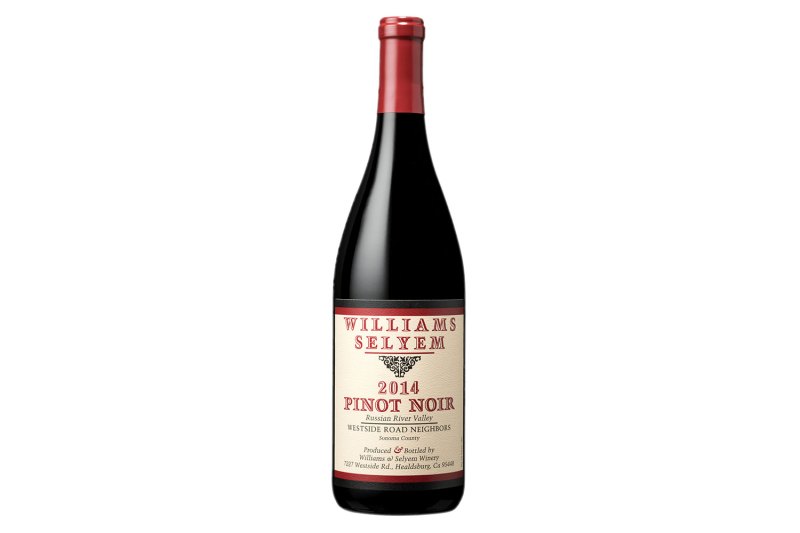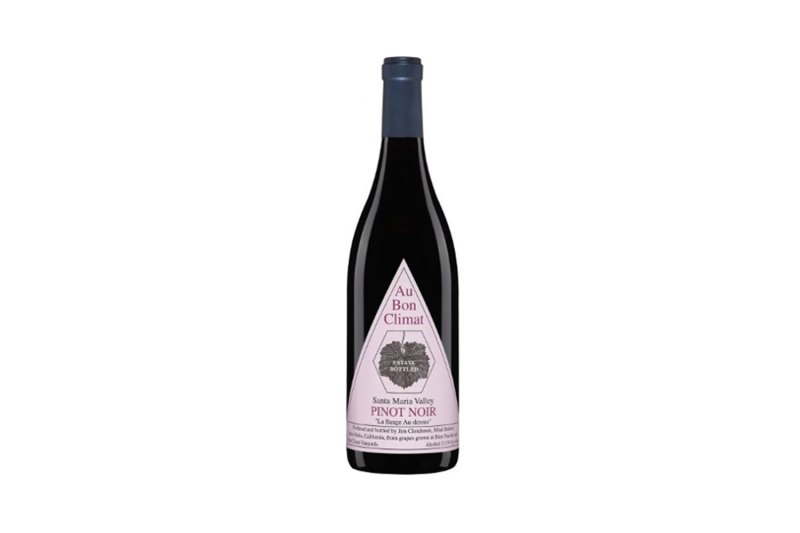You can’t tell the story of New World Pinot Noir without California. The Golden State is where it started in America and it continues to be the place enthusiasts look for emerging styles, trends, and more.
At first, Northern California was deemed the only place really suitable for Pinot Noir’s temperamental ways. Wisdom in the mid-20th century said the weather was too unfavorable elsewhere. Coastal pockets of California resembled something akin to the grape variety’s native home in Burgundy.
Then came Oregon. A small band of UC Davis grads ignored the logic of the era and headed north for cooler temperatures and better growing conditions. An entire industry grew, primarily around the noble French grape. The scene became so strong that California started embracing the Oregon approach, going for lighter, purer, lower-alcohol Pinot Noir.
Then came a reinvigorated terroir movement and more serious regard for climate change. Today, growers are engaging in a balancing act of showing the unique flavors of their domain while tackling drought, wildfire smoke, and topsy-turvy weather patterns. This is all the more important when considering Pinot Noir, a thin-skinned grape known to be quite vulnerable. Now, growers are playing with cooler pockets of land and later-ripening clones.
Yes, the West Coast Pinot Noir map is changing, but California is still a big part of the conversation. Sonoma remains a major growing area but other spots in California are showing potential, too, like the Fort Ross-Seaview AVA, amid better farming techniques and added experience earned over time. Plus, the love for American Pinot Noir is arguably at its highest point yet, both here and abroad.
Matt Revelette is the winemaker at Siduri. He says that a lot of evolution has occurred with regards to California Pinot Noir over the last couple of decades and that we’re still in the age of exploration. “The future looks bright,” Revelette says. “One of the things I enjoy is watching new vineyards get planted around the wild edges of growing areas where some may think it’s too cold, too rocky, too windy, and on and on.”
Revelette points to the Anderson Valley and its history, with a Pinot Noir heritage that dates back to the early 1980s. In fact, Siduri’s first Pinot was made from Anderson Valley fruit in 1994. “Anderson Valley is the farthest north of the coastal valleys in California where wine grapes are commercially grown,” he says. “Is there another farther north? It’s exciting to think that there may be.”
In sunny California, ripening is rarely an issue. This tends to lead to a pronounced fruitiness in area Pinot Noirs, backed up by varying amounts of tannin, acid, earthiness, etc. that make each distinctive. “My favorite aspect of Pinot Noir is that it’s more of a winegrower’s grape and less of a winemaker’s grape,” Revelette says. It doesn’t like to be pushed one way or another by an overbearing vintner. If the fruit gets plenty of care in the vineyard, it can do wonders in the cellar.
“Once the fruit is crushed, it’s a process of seeing where the fermentation wants to go and trying to encourage it in the right direction — nothing too forceful but paying very close attention all the while.”
Lauren Mowery is a drinks writer whose work has appeared in Lonely Planet, Men’s Journal, and more. She’s a contributing editor for Wine Enthusiast and is well-versed in California Pinot. She says cooler geographical pockets like the Santa Rita Hill and Anderson Valley allow for freshness in Pinot Noir when the winemaker prioritizes it. In other areas, the shift has been to bigger Pinot, a result of some combination of following trends, pushing for critical acclaim, and climate change.
“As my personal taste skews towards lean, fresh, and earthy styles of Pinot, the producers helping define that scene include Jamie Kutch, who works with cool sites on the Sonoma Coast,” Mowery says. She also mentions labels like Littorai and Drew. “Others to know include Hirsch, Knez and Lioco as well as Raj Parr and Sashi Moorman’s Santa Barbara projects Sandhi and Domaine de la Côte, respectively.”
Mowery adds that the restraint she appreciates in a good California Pinot Noir is harder to come by as climate change shortens the growing season. “It’s a delicate grape and loses its transparency to convey site when it’s all about ripe fruit and alcohol,” she says. So what differentiates a good Sonoma Coast or Anderson Valley Pinot Noir from, say, Burgundy?
“These wines show freshness and a touch of savory earthiness but are driven by fruit first and foremost, even if its tart, crunchy red fruits,” Mowery says. As for the future, we’ll have to see how Pinot Noir and its producers adapt. We may see new varietals planted and others abandoned. Some places may lose their viticultural prowess while new ones emerge higher up or closer to the Pacific Ocean.
“Grapes, incidentally, are known for their resilience and ability to adapt to stress, making them a good indicator of trouble ahead,” Mowery adds.
In addition to the above, check out the producers below for a panoramic glimpse of today’s Pinot Noir-making Californian landscape. The captivating grape continues to take winemakers to new territory, not just in terms of physical places but styles and flavors as well.
Siduri

Created as an homage to Pinot Noir, Siduri has always put the grape variety in the spotlight. The 26-year-old label has settled into a nice groove as of late, focusing on regions throughout California and even Oregon. Some of the most interesting work is coming out of the oft-overshadowed Santa Lucia Highlands AVA of Monterey County.
Alma Rosa

Alma Rosa launched in 2005 by Richard Sanford, who first planted Pinot Noir in Santa Barbara County back in 1971. The small label, led by winemaker Samra Morris, focuses on Burgundian varietals grown in the Sta. Rita Hills AVA, which benefits from cool coastal winds. The outfit’s 2017 Pinot Noir from that particular appellation is quite tasty, showing cherry, root beer, and fennel notes.
Williams Selyem

This Healdsburg producer got its start in the 1970s and has since brought a lot of acclaim to the Russian River Valley scene. A low-intervention operation, Williams Selyem shows off Pinot Noir’s inherent expressionism through a handful of estate vineyards.
Au Bon Climat

Immediately recognizable thanks to its triangular label, Au Bon Climat specializes in Pinot from central California, most specifically the Santa Maria Valley. The label’s name translates to “a well exposed vineyard” and the wines are not so much new as simply always some of the best, never mind the current en vogue style.


